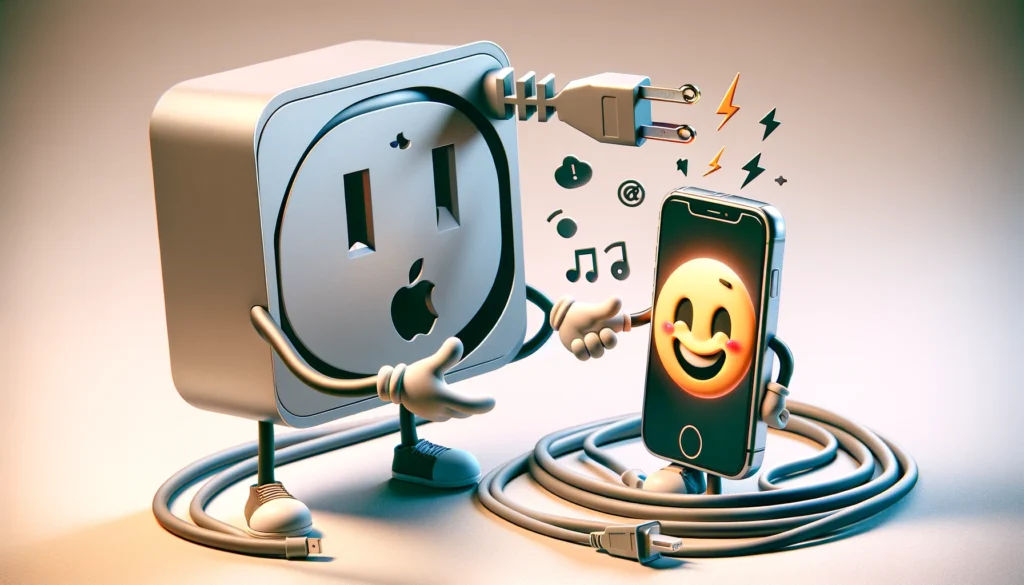
I recently purchased an Apple Vision Pro. I’ll eventually have some thoughts about this platform and its potential for Bible software, but right now I want to talk about that boring little brick you plug your iOS device into when you charge it.
I’ve owned an iPhone since the day it was introduced, an iPad since its launch date, too, and now a Vision Pro 1.0. Just like many of you, I have drawers and computer bags full of those little USB power supply bricks and a variety of the bigger ones that come with MacBooks. I figured out a long time ago that I can plug any device with a USB charger into any USB power supply even if it’s intended for a different device. So I charge my iPhone and Watch with my MacBook charger and have been known to plug my MacBook into an iPad charger just for grins.
 When I got the Vision Pro, I saw someone on YouTube put a meter inline with the charging cable and note that it would draw up to 60 watts when connected to his MacBook power supply, even though it ships with a 30 W power supply.
When I got the Vision Pro, I saw someone on YouTube put a meter inline with the charging cable and note that it would draw up to 60 watts when connected to his MacBook power supply, even though it ships with a 30 W power supply.
I have just a little bit of experience with electronics, having learned Ohm’s Law for my ham radio license 50 years ago (!) and having built a number of transceivers and other electronic gizmos. I’ve been assuming that all these devices needed 5V at some number of amps — 1.5 A for iPhones and 2.1 A for iPads and many more amps for my MacBook. They are all interchangeable, so they must all use the same voltage, right? Maybe just limit the current?
Wrong.
Turns out these little power supply bricks are smart. They talk to your device and negotiate a voltage the device can use and the current limit the supply might have at that voltage. Between your device and the power supply, they work out the optimum arrangement for operating your device and charging the battery. Voltage ranges from about 5V to about 20V and current is adjusted so as not to exceed the limits of either the power supply or the device.
I guess they’ve been doing this since about 2012. Who knew? Not me.
Image by ChatGPT/DALL•E, of course.